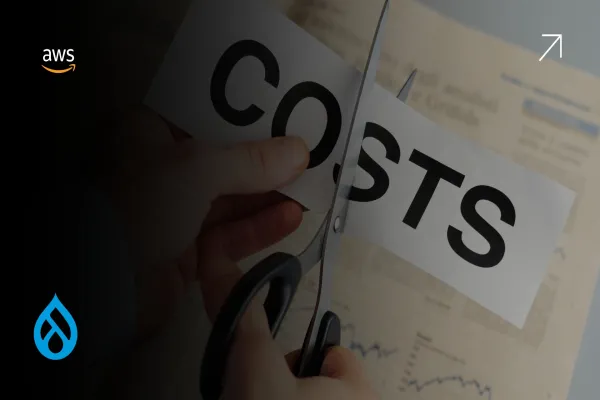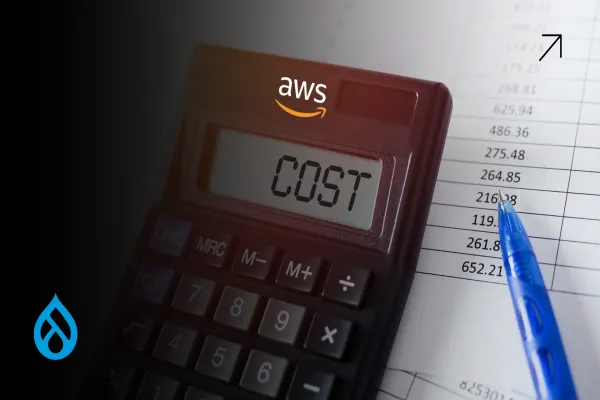In the dynamic world of startups, innovation is the lifeblood of success. Technology plays a pivotal role in enabling startups to develop groundbreaking ideas, reach new markets, and disrupt traditional industries. Amazon Lambda, a pioneering serverless computing platform, has gained significant traction among startups due to its agility, cost-effectiveness, and ability to handle bursts of traffic. However, understanding and managing Lambda costs can be challenging, especially for early-stage startups operating on tight budgets.
Demystifying Lambda's Pricing Structure for Startups

Lambda's pricing structure for startups adheres to the same principles as its general pricing model:
- Request Charges: Each invocation of a Lambda function incurs a request charge. The cost per request depends on the amount of memory allocated to the function. For instance, a function with 128 MB of memory incurs a request charge of $0.0000002084 per request.
- Compute Charges: Lambda functions are charged for the compute time they consume. The compute charge is measured in milliseconds and depends on the function's memory allocation and execution time. For example, a function with 512 MB of memory running for 100 milliseconds incurs a compute charge of $0.0000000016667 per millisecond.
Factors Affecting Lambda Costs in Startups
Several factors influence the overall Lambda costs for startups:
- Volume of Data Processing: Startups often deal with significant amounts of data, including user interactions, customer feedback, and product usage analytics. Processing this data using Lambda functions can lead to substantial requests and compute charges.
- Real-time Analytics: Startups increasingly rely on real-time analytics to gain insights into user behavior, optimize marketing campaigns, and detect potential issues. This real-time processing can drive up Lambda usage and associated costs.
- API-driven Applications: Startups often build API-driven applications to connect with third-party services, integrate with external platforms, and provide seamless user experiences. These APIs may involve frequent function invocations, potentially impacting Lambda costs.
- Rapid Iteration and Experimentation: Startups are known for their agility and willingness to experiment with new features and functionalities. This rapid iteration cycle can lead to frequent Lambda deployments and configuration changes, potentially impacting cost optimization efforts.
Strategies for Optimizing Lambda Costs in Startups
Startups can implement several strategies to optimize Lambda costs without compromising innovation or user experience:
- Right-sizing Memory Allocation: Carefully assess the memory requirements of each Lambda function and allocate the appropriate amount of memory. Overprovisioning memory can lead to unnecessary costs.
- Function Code Optimization: Analyze and optimize function code to minimize execution time. This can involve reducing unnecessary computations, caching frequently accessed data, and using efficient algorithms.
- Batch Processing: Consider batch processing for tasks that involve processing large amounts of data. This can reduce the number of function invocations and associated request charges.
- Utilize Lambda@Edge: For applications with high latency requirements, Lambda@Edge can reduce costs by executing functions closer to end-users, such as customers or remote employees.
- Leverage Amazon Comprehend: For natural language processing tasks, utilize Amazon Comprehend, a specialized service optimized for text data, which can reduce Lambda usage and costs.
- Monitor and Analyze Usage: Regularly monitor Lambda usage patterns to identify areas for cost optimization. Analyze function execution frequency, memory consumption, and execution time to identify potential bottlenecks.
- Consider Serverless Framework: Utilize serverless frameworks like AWS Serverless Framework or Serverless Framework to automate Lambda deployment, configuration, and monitoring, reducing manual effort and potential errors.
- Explore Cost Optimization Tools: Employ cost optimization tools provided by Amazon, such as AWS Cost Explorer, to gain insights into Lambda usage and identify cost-saving opportunities.
Conclusion
Lambda's serverless architecture offers significant benefits for startups, including flexibility, scalability, and reduced operational overhead. However, understanding and managing Lambda costs is crucial to ensure financial sustainability, especially for resource-constrained startups. By implementing optimization strategies, monitoring usage patterns, and leveraging cost management tools, startups can harness the power of Lambda while keeping cloud expenditures under control, enabling them to focus on their core mission of innovation and growth.
Position your startup for success. Reach out to us for personalized guidance on Lambda costs and strategic growth.
Optimize Lambda Costs for Your Startup Success





